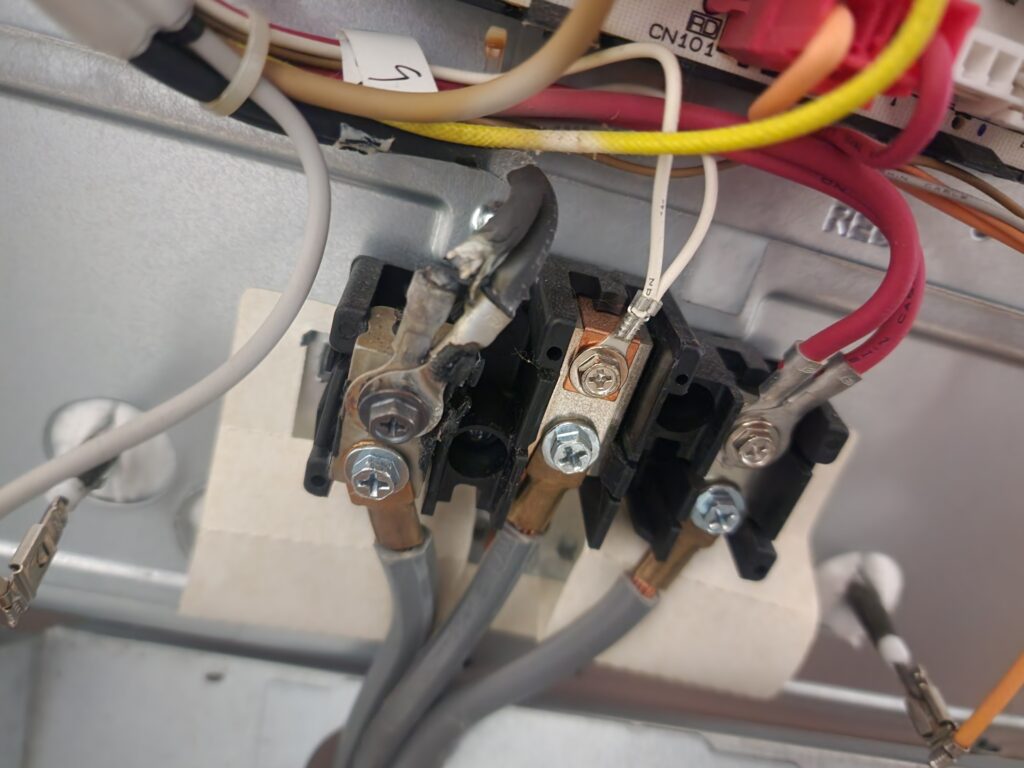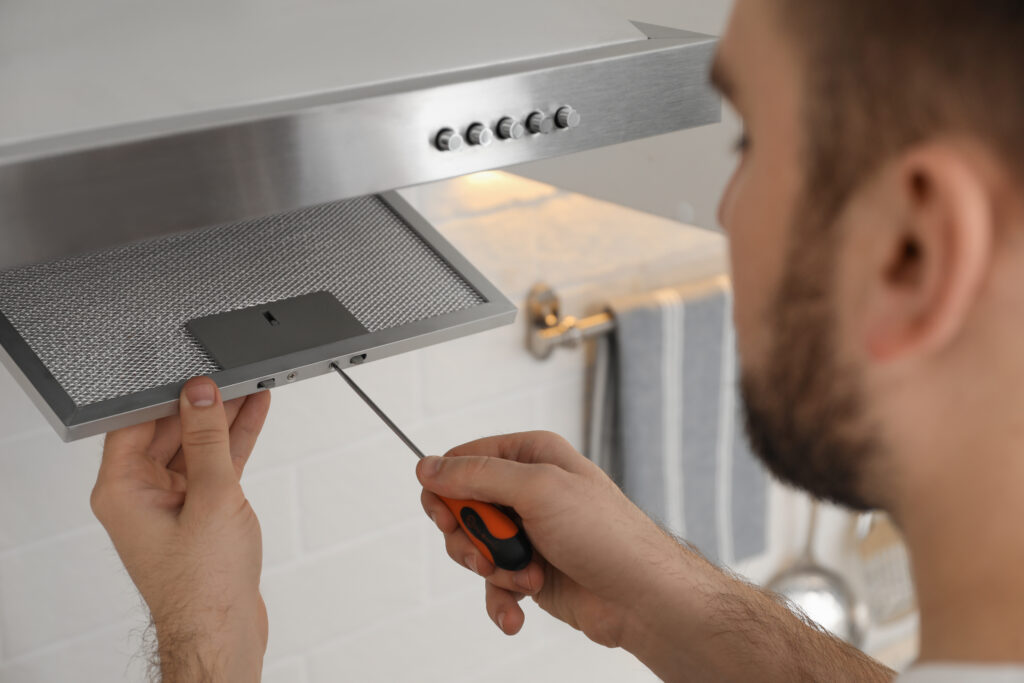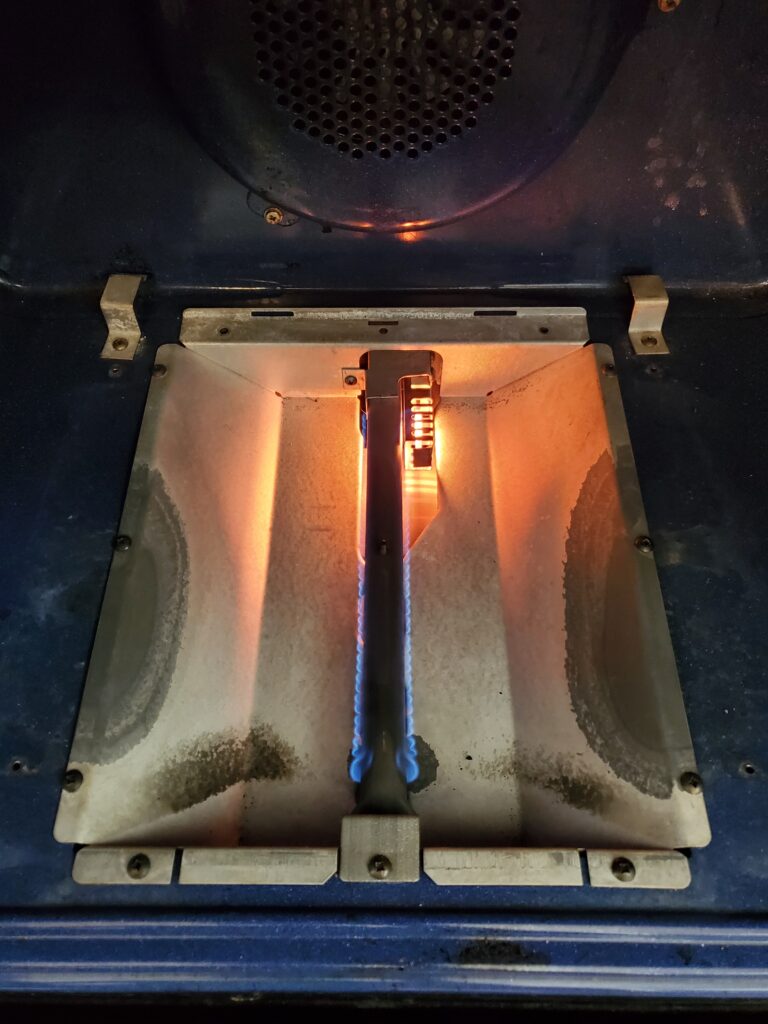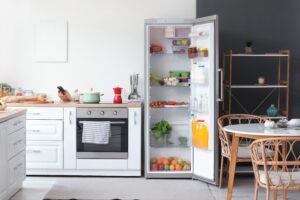In the realm of kitchen appliances, the term “range” refers to a versatile and essential culinary workhorse that combines cooking elements such as a cooktop and an oven into a single unit. You might even be wondering what is a range appliance and why is it important. Often interchangeably known as a stove or oven range, this appliance is a cornerstone in kitchens worldwide, catering to a multitude of culinary needs. To comprehensively understand what a range appliance entails, it is imperative to explore its components, functions, and the various types available in the market. As much as we love to fix range appliances, we also love talking about them!

Components of a Range Appliance
A standard range appliance typically comprises two primary components—the cooktop and the oven. The cooktop is the upper surface equipped with burners or heating elements, facilitating the preparation of a variety of dishes. These burners come in different configurations, such as gas burners, electric coils, or smooth ceramic glass surfaces. The oven, located beneath the cooktop, is a enclosed compartment equipped with heating elements for baking, roasting, and broiling.
The Cooktop:
The cooktop, situated atop the range appliance, serves as the cooking surface. The configuration of the burners varies, allowing for flexibility in cooking styles. Gas burners are a popular choice for their immediate heat control and responsiveness, while electric coils provide consistent heat distribution. Smooth ceramic glass cooktops offer a sleek and easy-to-clean surface, often featuring induction technology for precise and efficient cooking.
The Oven:
Beneath the cooktop lies the oven, a compartment dedicated to baking, roasting, and broiling. Ovens come with various features, including convection technology for even cooking, multiple racks for simultaneous baking, and self-cleaning capabilities for ease of maintenance. The oven’s versatility caters to a wide range of culinary endeavors, making it an indispensable element of the range appliance.

Functions of a Range Appliance
A range appliance serves as a central hub for cooking activities, providing a comprehensive solution for preparing meals. The cooktop and oven function independently, allowing users to perform various cooking techniques simultaneously. The cooktop accommodates activities like boiling, sautéing, and simmering, while the oven is ideal for baking cookies, roasting meats, or broiling vegetables. The integration of these functions into a single unit simplifies meal preparation, offering convenience and efficiency in the kitchen.
Cooktop Functions:
The cooktop, with its assortment of burners or heating elements, accommodates a spectrum of cooking methods. From the rapid heat of gas burners suitable for stir-frying to the consistent warmth of electric coils for simmering delicate sauces, the cooktop caters to diverse culinary needs. Some advanced models feature specialized burners, such as high-powered burners for quick boiling and simmer burners for gentle cooking.
Oven Functions:
The oven component of a range appliance extends its functionality to baking, roasting, and broiling. Convection ovens, in particular, utilize fans to circulate hot air, ensuring even cooking and browning. Bake settings are employed for cakes, cookies, and casseroles, while the broil function provides a top-down intense heat source for achieving a crisp finish on meats. The roasting feature is tailored for cooking large cuts of meat to perfection.

Types of Range Appliances
Range appliances come in various configurations, catering to different preferences, kitchen layouts, and fuel sources. The primary distinctions lie in the type of cooktop, the oven’s features, and the power source.
Gas Ranges:
Gas ranges are equipped with gas burners on the cooktop, providing immediate heat control and responsiveness. The oven in a gas range typically operates on gas as well. Gas ranges are favored by those who appreciate the precision of flame control and the efficiency of gas ovens.
Electric Ranges:
Electric ranges feature electric coils or smooth ceramic glass cooktops powered by electricity. Electric ovens provide consistent and even heating, often with additional features such as convection baking. Electric ranges are popular for their sleek designs, easy cleaning, and precise temperature control.
Dual-Fuel Ranges:
Combining the best of both worlds, dual-fuel ranges feature a gas cooktop paired with an electric oven. This configuration caters to those who prefer the responsiveness of gas for cooking surfaces and the even heating capabilities of an electric oven for baking.
Induction Ranges:
Induction ranges utilize electromagnetic technology to directly heat cookware, offering rapid and precise temperature control. The cooktop remains cool to the touch, enhancing safety. Induction ranges are energy-efficient and provide a modern, streamlined cooking experience.
Professional-Style Ranges:
Designed for serious home cooks and culinary enthusiasts, professional-style ranges often feature larger cooktops, high-powered burners, and spacious ovens. These ranges mimic the performance of commercial-grade appliances, providing advanced features for intensive cooking tasks.
Choosing the Right Range Appliance:
Selecting the right range appliance involves considering various factors, including kitchen layout, cooking preferences, and budget constraints. Gas ranges are prized for their immediate heat control, while electric ranges offer sleek designs and easy cleaning. Dual-fuel ranges provide a versatile combination, and induction ranges cater to those seeking energy efficiency and precise temperature control. Professional-style ranges, with their enhanced features, are suitable for passionate cooks who require more advanced capabilities.
Consideration of Kitchen Layout:
The layout of the kitchen plays a crucial role in determining the most suitable range appliance. Compact kitchens may benefit from the space-saving design of an electric range with a smooth ceramic glass cooktop. Spacious kitchens, on the other hand, may accommodate larger professional-style ranges with multiple burners and expansive oven capacities.
Cooking Preferences:
Individual cooking preferences also influence the choice of a range appliance. Those who prioritize the immediate control of open flames may lean towards gas ranges, while individuals valuing precise temperature control may opt for electric or induction ranges. The choice between a traditional or convection oven depends on baking and roasting preferences.
Budget Constraints:
Budget considerations play a significant role in the decision-making process. Gas ranges are often favored for their affordability, while electric and induction ranges may have higher upfront costs. Professional-style ranges, with their advanced features, tend to be on the higher end of the price spectrum. Evaluating the long-term benefits and performance against budget constraints ensures a balanced decision.

Maintenance and Care
Proper maintenance and care are essential for ensuring the longevity and optimal performance of a range appliance. Regular cleaning of the cooktop, burners, and oven prevents the buildup of grease and food residues. For gas ranges, ensuring the burners and igniters are free from debris promotes efficient operation. Electric and induction ranges benefit from wiping down smooth surfaces and coils.
Oven Maintenance:
Oven maintenance involves periodic cleaning, including the removal of oven racks and the interior. Self-cleaning ovens simplify this process by utilizing high temperatures to burn off accumulated residues. Checking the oven’s temperature accuracy and recalibrating if necessary ensures precise cooking results.
Ventilation:
Proper ventilation is crucial for range appliances, especially gas ranges. Vent hoods or exhaust fans help eliminate cooking odors, smoke, and excess heat. Regularly cleaning or replacing vent filters enhances their efficiency. Adequate ventilation also contributes to a safer cooking environment by removing potentially harmful byproducts produced during cooking.
Conclusion
In conclusion, a range appliance is a multifaceted culinary workhorse that combines a cooktop and an oven into a single unit, serving as a central hub for a variety of cooking techniques. Understanding its components, functions, and the different types available allows consumers to make informed choices based on their culinary needs, kitchen layouts, and preferences. Whether opting for the immediate control of a gas range, the sleek design of an electric range, the versatility of a dual-fuel range, or the energy efficiency of an induction range, selecting the right appliance enhances the overall cooking experience. With proper maintenance and care, a range appliance becomes not only a functional asset in the kitchen but also a reliable companion for culinary endeavors.


